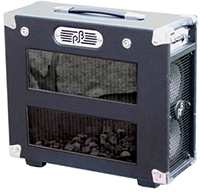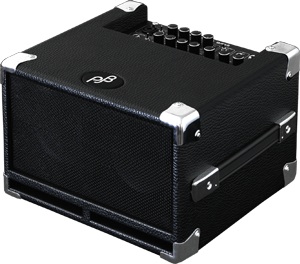 It’s really fun to carry the Bass Cub in it’s gigbag. 6 kg seem to me as almost no weight at all, compared to my other amps. I think you can’t built a bass amp much smaller and lighter than this.
It’s really fun to carry the Bass Cub in it’s gigbag. 6 kg seem to me as almost no weight at all, compared to my other amps. I think you can’t built a bass amp much smaller and lighter than this.
Like all PJB amps, the Bass Cub has an high impedance input (4 MOhm in this case), which makes it suitable for piezo pickups, and uses speakers with 5″ diameter only.
Last weekend, I tried out the Bass Cub on an outdoor gig, on the streets of a friend’s hometown which had 750th anniversary (the village, not the friend, of course ;-). The overall volume of the Bass Cub was absolutely sufficient for this band (double bass + three guitars/voice/bluesharp). But due to the lack of room acoustics (no room at all … just a tent to protect us against the rain), the bass reproduction was rather weak. For a gig like this, a larger cabinet is the better choice.
Back home, I tried the Bass Cub in my rehearsal room. As expected, the bass frequencies sounded much more powerful there. I’ve put the Bass Cub on the floor, and moved it around in the room. With the amp facing a room’s corner, with aprox. 1 m distance to the wall, it sounded best.
Conclusion: the Bass Cub offers a amazingly good “size-to-sound”-ratio, which makes it a very transportable amp rehearsals or gigs in small clubs. The Stereo input was designed to plug-in a drum machine or iPod – very useful for practising. With preamp-out and DI out, the Bass Cub can also be used on larger stages – as preamp and/or stage monitor with FOH, or with an active speaker cabinet.
Links: Technical data, www.kontrabass-atelier.de


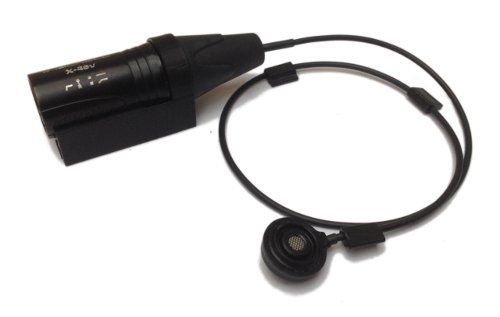
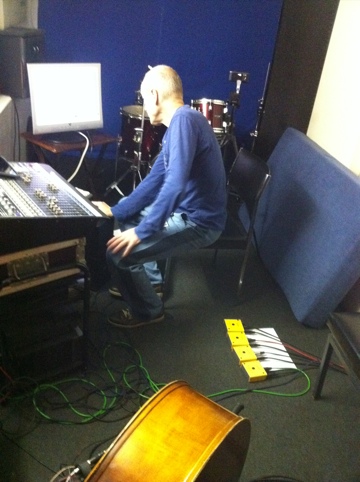
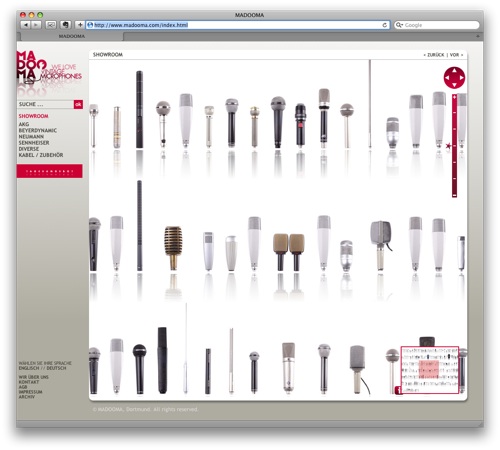
 It’s really fun to carry the Bass Cub in it’s gigbag. 6 kg seem to me as almost no weight at all, compared to my other amps. I think you can’t built a bass amp much smaller and lighter than this.
It’s really fun to carry the Bass Cub in it’s gigbag. 6 kg seem to me as almost no weight at all, compared to my other amps. I think you can’t built a bass amp much smaller and lighter than this.